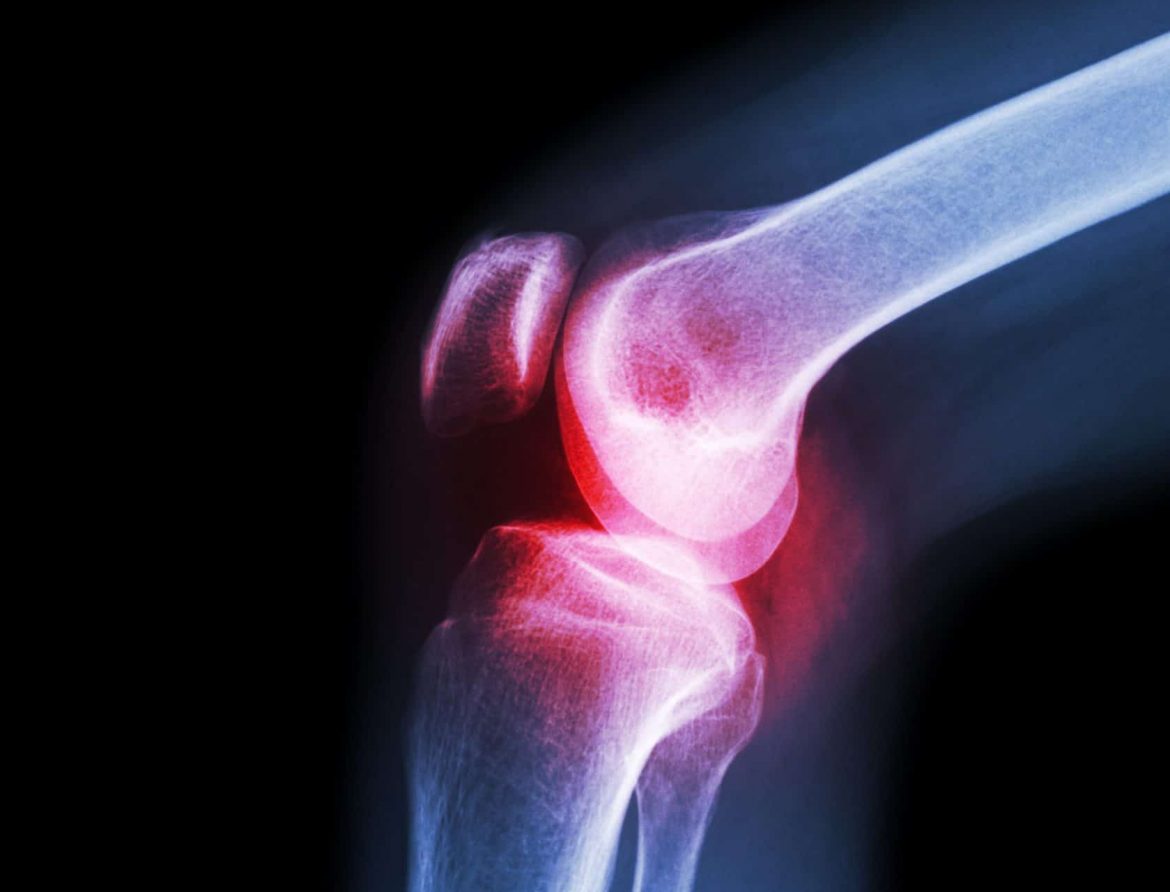
Musculoskeletal disorders represent the fourth cause of disability following neuropsychiatric disorders, cancers and cardiovascular diseases in both developed and developing countries. These injuries include a variety of disorders that cause pain in bones, joints, muscles, and surrounding structures. Osteoarthritis (OA) is considered as the most common of the articular disorders and is frequently cited as the leading cause of persistent musculoskeletal pain. Various treatments exist, but what is the real current situation?
Over 27 million people affected in the US alone in 2005!
Osteoarthritis (OA) is a major cause of disability and pain among the elderly in the western world, secondly to cardiovascular disease. An estimated 10-15% of adults over 60 years of age have some degree of OA and with an aging population and the increasing prevalence of obesity, the total number of OA cases is likely to grow.
The OA market was valued at USD 2.0 billion in the seven major markets (7MM)* in 2020 and is expected to increase to USD 3.5 billion in 2026.
* 7MM : US, 5EU (France, Germany, Italy, Spain, UK), Japan
OA is historically classified as primary or secondary depending on the disease etiology but the symptoms and underlying pathophysiology remain the same. Primary OA occurs in previously intact joints with no apparent initiating factor whereas secondary OA often occurs at earlier stages of life and is associated with direct injury to the joint or comorbidities such as diabetes obesity.

OA is a slowly progressive joint disease including degenerative processes characterized by the degradation of the articular cartilage. Actually, all of the major joint tissues are impacted with damages to the articular cartilage, changes in subchondral and marginal bone, synovitis and capsular thickening, finally resulting in a structural and functional failure of synovial joints. The progressive joint failure may cause irritation and pain which intensifies with disease progression, physical disability and psychological distress. The quality of life in the majority of patients with OA is significantly impaired by severe, often intractable, pain. Pain in OA is localized (asymmetrical) and use-related, occurring during movement or weight bearing.
Pain as primary symptom of OA!

Pain is the primary symptom of OA and is the driving factor for patients to seek medical help. OA-associated pain is described as dull, aching pain that persists over time, but short episodes of more intense pain, known as flares, are also experience by many individuals.
OA-associated pain has a significant impact on mobility and function, as well as sleep and mood. Therefore, the impact of OA on people’s quality of life can be substantial, especially when pain becomes debilitating and restricts normal functioning.
What are the current treatments?
Currently available OA therapies focus on symptom relief and conventional pharmacological treatments (largely generic drugs) show varying efficacy in patients and have inadequate safety profiles, making treatment of OA patients challenging.

They include:
– topical and oral nonsteroidal anti-inflammatory drugs (NSAIDs), capsaicin, lidocaine and opioid analgesics. They are commonly used in the management of OA, particularly in mild-to-moderate disease. Topical therapies provide localized analgesic effect with minimal systemic distribution.
– Opioid analgesics, such as tramadol, oxycodone and codeine provide significant pain relief and improve joint function in OA patients.
– Antidepressants are not currently included in the official clinical guidelines for the management of OA, but antidepressants are sometimes prescribed to patients who suffer from OA-associated chronic pain, demonstrating notably improvements in fatigue and sleep disorders.
– Finally, patients who fail to achieve pain relief from pharmacological treatment have to seek joint replacement surgery as a final resort.
Promising perspectives!
Increased research into OA over the past decade, including improved understanding of the pathophysiology, recent biomarker development and magnetic resonance imaging (MRI) techniques, has led to the identification of new targets. Analgesics with innovative MOAs including anti-nerve growth factors (anti-NGFs), a new class of opioids, an intra-articular formulation of capsaicin, improved and novel formulations of marketed drugs and several potential disease-modifying osteoarthritis drugs (DMOADs) are currently in development and could radically change the OA market landscape will over the next 20 years.
How can ANS Biotech help you?
ANS Biotech offers services in the area of OA-associated pain.
Based on several preclinical models of musculoskeletal pain, our strategy to develop a candidate allows a full evaluation of the efficacy of new analgesics which could have significant clinical, economic and societal benefits.
To know more about ANS Biotech services, do not hesitate to contact us!
